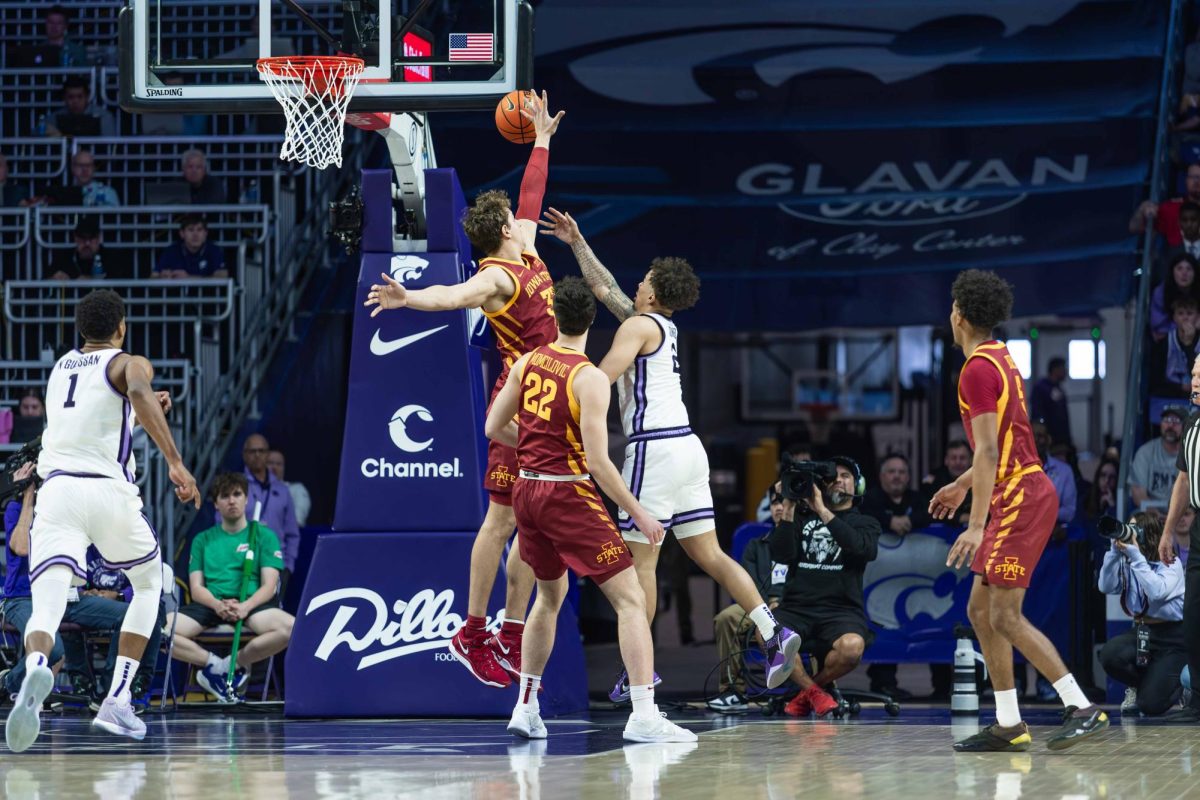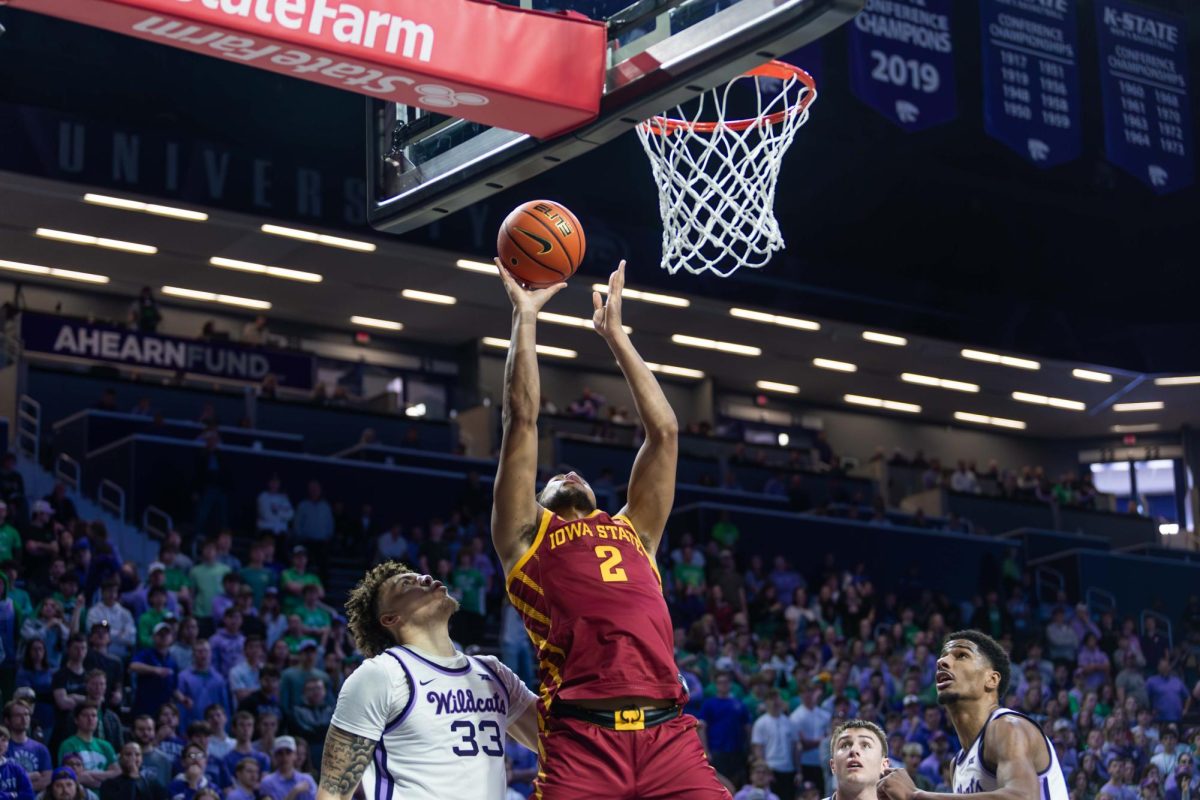Iowa State minimizes traffic to poultry farm in preparation of potential bird flu outbreak
August 30, 2015
Iowa State has moved classes from the university’s poultry teaching and research farm to campus, ensuring the health of the poultry this fall.
This past spring, 77 poultry farms in Iowa were found to be infected with the avian influenza. This virus occurs naturally among wild and aquatic birds but can be deadly when found in domestic poultry. More than 29 million chickens, turkeys and ducks had to be euthanized during the past few months.
The avian influenza, which was estimated to have cost Iowa nearly 8,500 jobs and more than $1.2 billion in economic output, according to the Iowa Farm Bureau, might find itself three miles south of the ISU campus in the next few weeks when the wild birds begin their annual migration.
“There are concerns this fall that it might pop up again. Once it starts getting colder, this avian influenza might reappear,” said Brian Meyer, director of college relations for the College of Agriculture and Life Sciences. “This is one way [canceling the classes at the farm] of protecting these very valuable lines of poultry that we have.”
In preparation for a potential influenza outbreak that could endanger upward of 1,000 chickens, the Department of Animal Science will minimize traffic to the poultry farm.
The classes that are currently being taught at the facility will now move to campus. Approximately 500 students will be affected by this adjustment.
“Classes are not canceled, and courses are still being held,” Meyer said. “The only change is that [the students] will not be traveling down to this poultry farm.”
The facility houses some chickens with heritage lines that trace back to as far as 90 years ago. These genetic lines, if infected with the influenza, would cost the college a large amount of research that has been worked on for years.
“In the big picture, it’s just a bump in the road,” said Jodi Sterle, associate professor of animal science.
Sterle is hopeful that although the students are not able to go out to the facility for hands-on experiences, that it will ultimately lead to students better understanding the need for poultry in the industry and spark an interest within the affected students.
The students and professors, for the time being, will rely on videos and other activities to ensure the curriculum is taught to its normal standards.
“From a curriculum standpoint, we can use it as a positive. We can talk about real world things that are happening in the industry. We can talk about things like biosecurity and how important that is, diseases, international trade, because it has effected markets, economics and health,” Sterle said. “You can use a real-world situation as a good example to teach some of the science behind it.”
As an extra precaution, Iowa State selected several chickens to be housed at the College of Veterinary Medicine.
“If anything were to happen, there is another place for some of the birds,” Meyer said.
On top of that, Iowa State preserved some genetic samples at a genetic bank in Fort Collins, Colo., Meyer said.
Additionally, the poultry farm has added a tire washing station that should help safeguard the poultry. It has also been discussed that the poultry farm will eventually upgrade its biosecurity.
Susan Lamont, distinguished professor of animal science, has been researching poultry for the majority of her career.
Lamont has been involved with the research of the relationship between genetics and resistance, and food safety and diseases that cause sickness within poultry itself.
The chickens located at the poultry farm range from chickens used for food to chickens from Egypt that have little involvement with humans. This farm also houses chickens that are genetically unique to only this school.
Little is known about how the avian influenza is spread, especially the current strand of this virus.
“We did not anticipate it moving as it did,” Lamont said about the spreading of the virus this past spring. “What we did not expect was the apparent ease that this virus transfers.”
Lamont’s concern moving forward is managing the variables that she and others in the industry have control over.
Sterle optimistically describes the situation as a “teachable moment.”
If all goes well, Sterle said classes will hopefully be relocated to the poultry farm this spring.
“Anytime we can get students and animals together, to be able to really learn firsthand how to care for them, such as the welfare issues that are involved, how to take good care [of the poultry] as far as feeding and nutrition and the more you can actually see that firsthand is obviously the best scenario,” Meyer said. “But this is also reality.”







